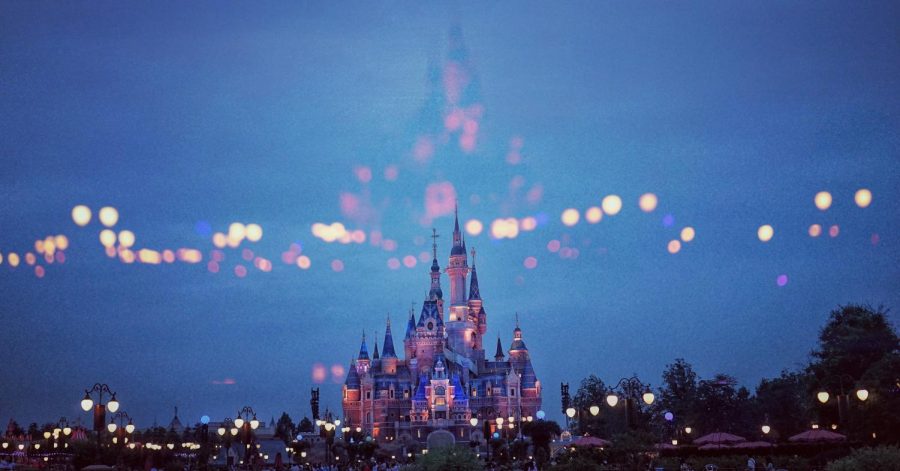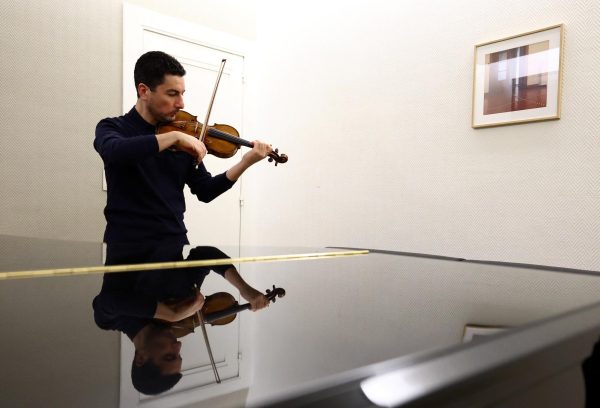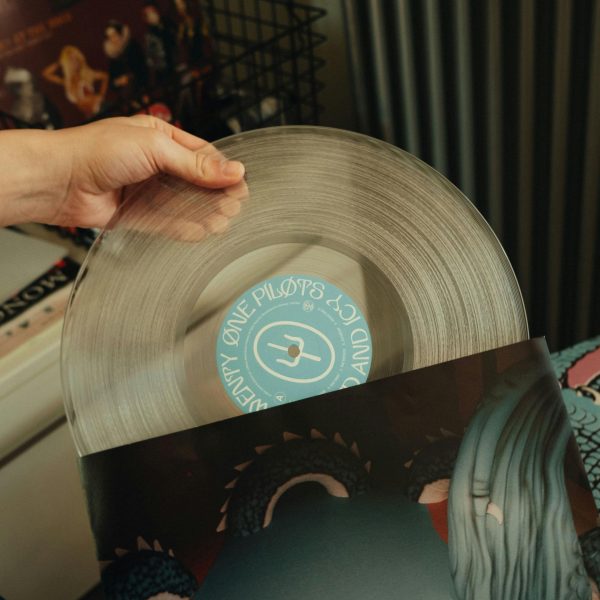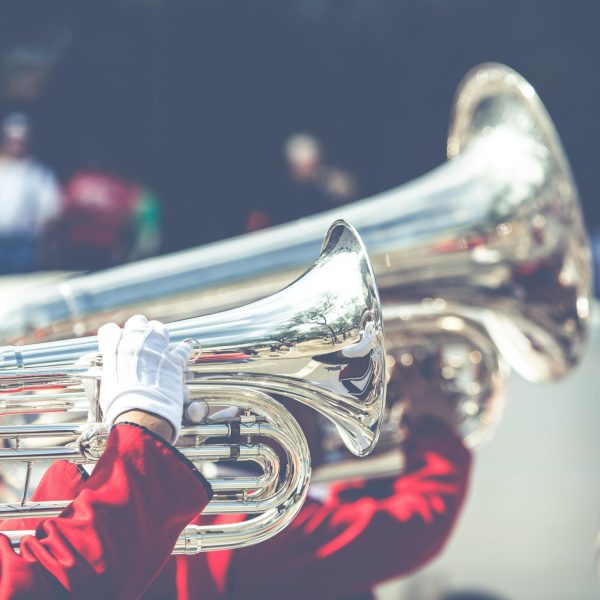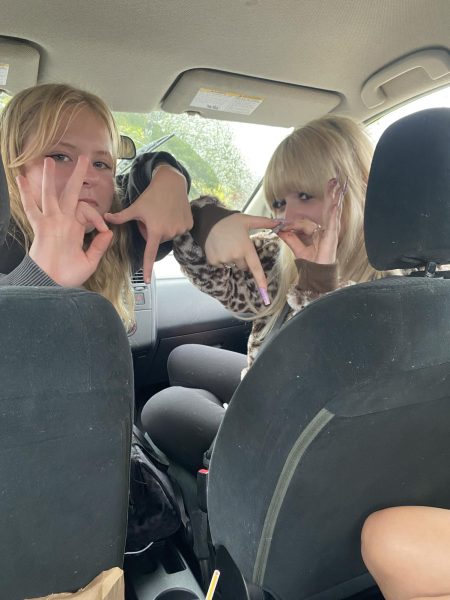The How and Why of Disney Live Action Films
Disney films trigger nostalgia, entertainment, and controversy. Opening an era with the Jungle Book, Disney has been checking off animations one by one. The most recent example is Mulan, which was initially met with excitement, while later met with a boycott. Interestingly, the original movie had a few racy lines intertwined into itself. So how do the live-action films compare to their animated counterparts? And why did Disney resort to remaking already successful films? Perhaps they saw an opportunity to clean up harmful lines, maybe they wanted to spark nostalgia associated with an older film, or of course to make more than a few dollars.
There could be a multitude of reasons that Disney Studios has remade so many films. The most obvious and possibly the largest motive is to strategically make the largest profit as possible. By remaking these movies it rids the company of painstaking animation, and it removes the creation of a whole new storyline. Additionally, after a movie has had enough time to be loved, watched, and rewatched a floodgate of nostalgia releases when the special movie from the good old days is reimagined with access to the tools that we have today. This motivation is not completely rooted in sweet reminiscence. It is assumed that Disney lovers racked with wistful memories will line streets to secure a ticket to the live-action version of their favorite movie, which ultimately is tied to a calculated and sizable income. Lastly, there are examples of racially crude and insensitive lines in older films that are presently no longer acceptable. Recreations give Disney a chance to clean up outdated dialogue.
Animated movies are understandably impossible to recreate frame by frame; however, there appears to be a clear quality difference between the movie pairs. This is according to trusty Rotten Tomatoes and Meta rankings. There is a pattern of the live-action films receiving half the numerical rating given to their animated partners. For example, on Meta’s site, Aladdin’s live-action film earned a 53% while the cartoon version drew 86%. After the technological advancements, this scientific and accurate collection of data exhibits that Disney’s movie remake ability has left room for improvement.
Personally, I have enjoyed the live-action movies, not as much as the originals, but certainly far more than the critics. The Lion King is a notable exception. Another possibly unpopular opinion of mine is that I prefer the remakes that closely replicate the originals. Lastly, I would like to voice those that do not feel the essence of animated characters in the actors that portray them. The look of the portrayal is important, and can not be exactly replicated to the animation. The idea of live recreations of aged cartoon movies sounds exciting, but I believe that the stories they’ve given to us are better depicted through art. Drawn characters allow for shapes to be used in every aspect of their design. Shapes can illustrate a message within seconds. Shape language is important, visually appealing, and difficult to pull off with real people. This is why actors differ so dramatically from their characters. Drawn people include strong shapes that make them easily identifiable while most humans just do not. These opinions are good-natured as they come from a Disney fan at heart. I simply will be awaiting the twinkle, sparkle, and magic featured in animated Disney films to be present in the next released live-action movie.

Emma is a second-year Crimsonain sophomore. She fills her spare time with art and is academically passionate about language arts. Her hope for the future...

